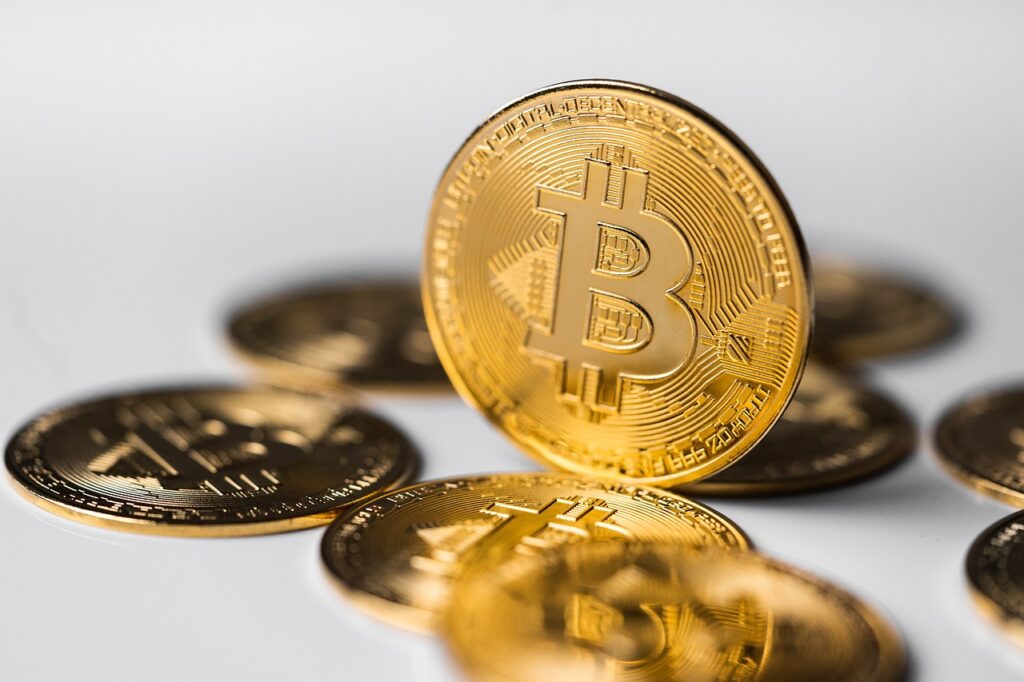Main Points:
- Bitcoin price predictions suggest a potential rise to $100,000 by 2025.
- Market analysis indicates increasing institutional adoption and macroeconomic factors supporting Bitcoin’s growth.
- The role of Bitcoin halving events in price appreciation.
- Ongoing regulatory developments and their impact on Bitcoin’s price trajectory.
- The importance of market sentiment and investor behavior in the cryptocurrency market.
Bitcoin has long been heralded as the king of cryptocurrencies, and recent predictions suggest that its price could soar to $100,000 by 2025. This article delves into the factors that could drive such a significant price increase, examining market trends, institutional adoption, macroeconomic influences, and the role of Bitcoin halving events. Additionally, we will explore how regulatory developments and investor sentiment play crucial roles in shaping Bitcoin’s future price trajectory.
The $100,000 Price Prediction
The prediction that Bitcoin could reach $100,000 by 2025 is grounded in several key factors. Analysts point to the increasing adoption of Bitcoin by institutional investors as a primary driver of this potential price surge. Institutions such as hedge funds, asset managers, and even some corporations have begun to include Bitcoin in their portfolios, signaling a shift from speculative to strategic investment.
Another critical factor is the macroeconomic environment. With global inflationary pressures and central banks maintaining low-interest rates, Bitcoin is increasingly viewed as a hedge against inflation, much like gold. This perception of Bitcoin as “digital gold” could attract more investors seeking to preserve wealth, thereby driving up demand and price.
Institutional Adoption and Macroeconomic Factors
Institutional adoption of Bitcoin has been on the rise since 2020, with notable entries into the market from companies like Tesla, MicroStrategy, and Square. These corporations have publicly announced significant Bitcoin purchases, often holding them as a reserve asset. Such moves not only bolster Bitcoin’s credibility but also reduce the circulating supply, which can lead to price increases due to scarcity.
Moreover, macroeconomic factors such as inflation and the devaluation of fiat currencies play a significant role in Bitcoin’s appeal. As central banks around the world continue to print money to stimulate economies, the purchasing power of traditional currencies decreases. Bitcoin, with its capped supply of 21 million coins, presents a deflationary alternative, attracting investors looking for a store of value.
The Impact of Bitcoin Halving Events
Bitcoin halving events, which occur approximately every four years, reduce the reward for mining new Bitcoin blocks by half. This reduction in supply growth has historically been a catalyst for price increases. The next halving event is expected in 2024, which could set the stage for another bullish cycle leading up to 2025.
Past halving events have been followed by substantial price increases, and many analysts believe that the upcoming halving will be no different. As the supply of new Bitcoins decreases, the scarcity effect could drive prices higher, especially if demand remains strong or increases.

Regulatory Developments and Their Impact
Regulatory developments are another crucial factor that could influence Bitcoin’s price trajectory. While some countries have embraced cryptocurrencies and blockchain technology, others have implemented strict regulations or outright bans. The regulatory environment is constantly evolving, and any significant changes could have a profound impact on Bitcoin’s price.
For example, favorable regulations that encourage the use of Bitcoin in financial markets could lead to increased adoption and higher prices. Conversely, stricter regulations or enforcement actions could dampen investor enthusiasm and lead to price declines. It’s essential for investors to stay informed about regulatory changes that could affect the cryptocurrency market.
Market Sentiment and Investor Behavior
Finally, market sentiment and investor behavior are critical components of Bitcoin’s price dynamics. The cryptocurrency market is notoriously volatile, with prices often driven by news, social media trends, and investor sentiment. Positive news about Bitcoin adoption or technological advancements can lead to price rallies, while negative news can trigger sharp declines.
Investor behavior is also influenced by fear and greed, two powerful emotions that can lead to significant price swings. During bull markets, the fear of missing out (FOMO) can drive prices higher as investors rush to buy Bitcoin. In contrast, during bear markets, fear of losses can lead to panic selling, driving prices lower.
As we approach 2025, these factors—ranging from institutional adoption to regulatory developments and market sentiment—will play a pivotal role in determining whether Bitcoin can reach the $100,000 mark. Investors should remain vigilant and informed, as the path to $100,000 is likely to be filled with both opportunities and challenges.


